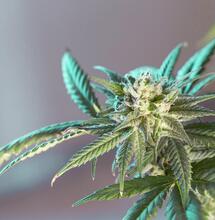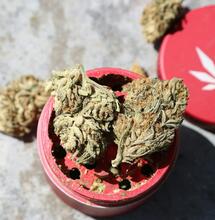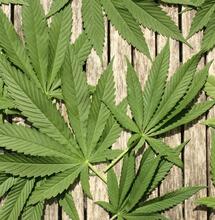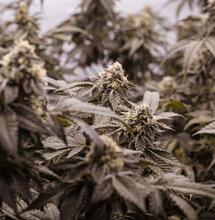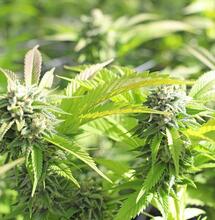Why the Black Market Doesn’t Cease with Legalization?
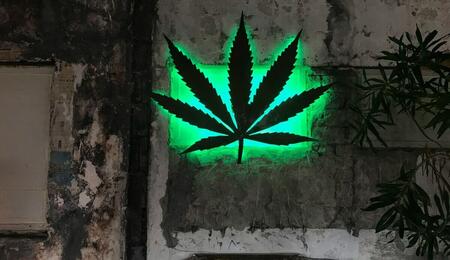
Legal markets are logically supposed to downsize the illicit trade of cannabis. However, illegal activities persist despite legalization. No matter where you point on the map of legal states, you will find - bigger or smaller - active illicit markets concentrated around weed. A combination of economic, regulatory and systemic factors is what enables the unregulated playground.
Black Market vs. Legal Cannabis: Why Does Illegal Trade Persist Despite Legalization?
It’s been over a decade since the first legalization of recreational cannabis, and while the illegal markets should be disappearing - they are not. Fighting illicit trade of weed is also a major argument in the pro-legalization movement. But this doesn’t happen in practice as successfully. In fact, in some cases, the illegal trade of cannabis has taken a greater force, flourishing following legalization.
Cannabis Remains Cheaper to Buy on the Black Market
One of the main reasons why illegal trade continues to thrive is the difference in pricing. Weed coming from the black market may contain impurities and contaminants, but it’s more affordable to many. And the underground weed salespeople are taking advantage of that.
Why is the price of legal cannabis significantly higher? Of course, it’s because of cannabis taxes. For example, the state of California charges a 15 percent excise tax on cannabis sales that is settled by the consumer and remitted from retailers. Until 2022, CA authorities also imposed a weight-based $9.25 tax per ounce, so the cost was even higher. California’s legal offer therefore often winds up being way more expensive than what’s available on the side, and those on limited budget will opt for the second.
High taxes for legal weed are reality elsewhere. A 15% marijuana is in place also in Colorado, where retailers are additionally asked to pay 15% tax when they supply from cultivators. Arizona has 16% tax on retail, Montana 20%, and New York has 9% on wholesale plus 15% on retail sales. Taxing is highest in Washington, where it’s remarkable 37%. So, that’s a lot of money that’s collected from state governments, and it’s what essentially keeps the price of flower up on the legal dispensary shelves.
Regulatory Burden and the Lack of It in Legal Weed Markets
There’s another paradox. Illegal operations have kept on thriving also because of too many rules around opening a legal shop or maintaining a cultivation site. Many licensed enterprises work with losses - especially once state and local markets become dense. Smaller businesses compete with big, multi-state operators, as well as cannabis producers who avoid to acquire a license, but still run a shop where they present to be a licensed business. However, it takes time to investigate any suspicious operations. In addition, cannabis regulatory bodies may not always have enough staff to proceed with law enforcement.
In 2024, New Mexico authorities were able to collect less than ten percent of the total amount of $4 million in fines issued. This further indicates that even when regulators are aware of those who do not play by the rules, they might lack human resources for a decisive response.
A state like California is producing several times more weed than it’s consumed on its legal market. It’s also known that a lot of illegally-cultivated cannabis is shipped away from California, sometimes using legal infrastructure. It’s hard to subdue criminal structures when they are so embedded in the system.
Also read on Soft Secrets:

